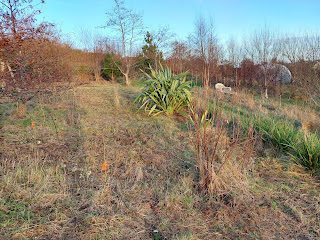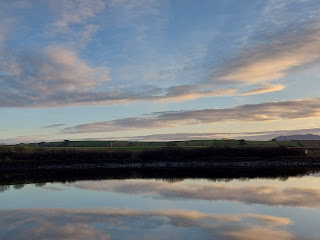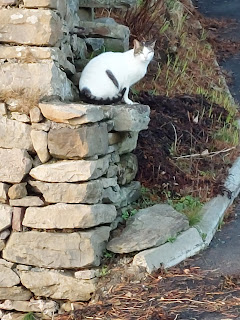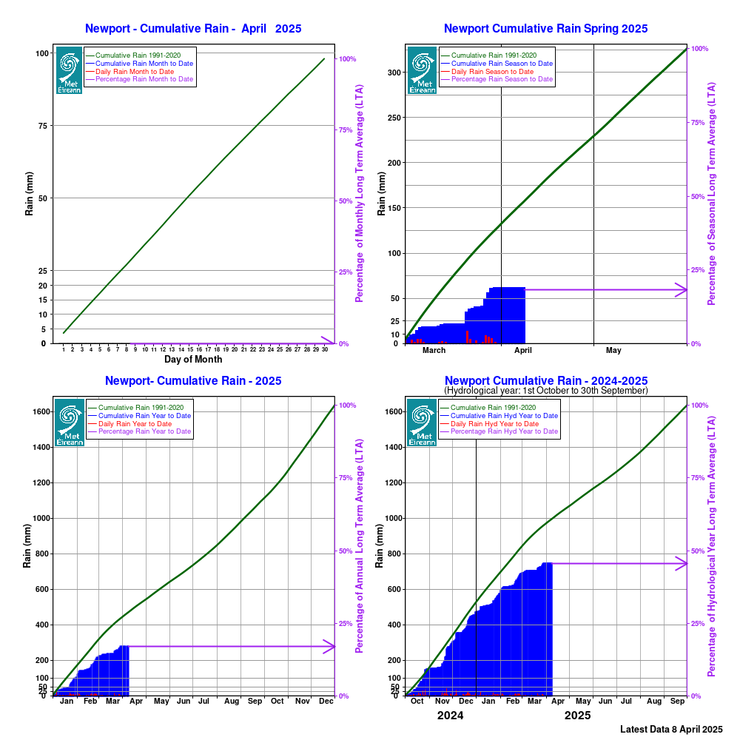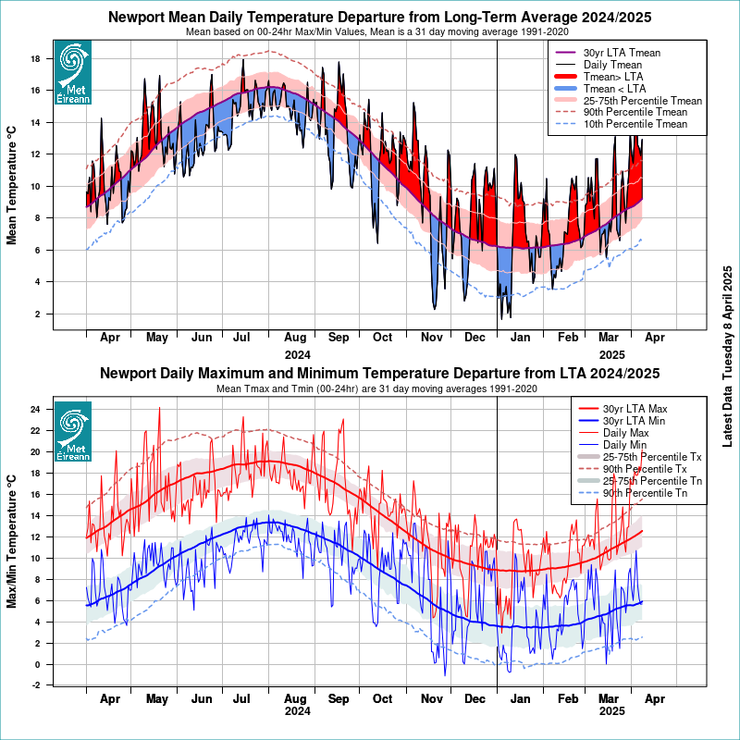 |
| Divico - the Swiss cross of Gamaret and Bronner © Dr Joachim Schmid/Agroscope/Plant Grape |
|
Our nephew alerted us to a National Geographic article about a newly engineered grape varietal called Divico. It was created in Switzerland to be a cold-resistant and disease-free vine. Divico was named after the leader of a Celtic or Gallic tribe who led his people into battle against Julius Caesar – and now it is the name of the latest grape variety to emerge from the laboratory. So it seems logical to investigate this grape for adaptation potential in our environs.
Divico is a red grape variety created in 1996 at the Agroscope Research Centre in Pully (in the Lavaux wine region of the canton of Vaud, Switzerland). It was further developed in a Swiss government-sponsored laboratory and released in 2013. Formerly known as IRAC 2091, Divico is a cross of two other obscure hybrids: Gamaret and Bronner. Gamaret, itself a Swiss cross of Gamay and Reichensteiner, is “valued for its early ripening and resistance to rot”. The white Bronner has good resistance to both mildews and botrytis but results in a rather 'neutral' wine. Divico has an upright habit and is easy to train.
The resultant Divico is said to produce a deep-coloured red wine with good aromatics and a prominent tannin profile. It buds early, flowers in early June (avoiding frost damage) and ripens late. The variety has disease resistance to downy mildew (Plasmopara viticola), powdery mildew (Erysiphe necator) and grey rot (Botrytis cinerea). It is an average cropper, so it doesn't require thinning. It only became available commercially from wine nurseries in 2015 and is planted mostly in Switzerland.
The hope is that Divico will eliminate the need for any pesticides. That feeds right into the organic and sustainable wine movements. Divona, a new white variety, has similar resistance properties. Divona was introduced to the world in October of 2018.
I had not realised that very little red wine is produced in the UK -- only 5% of the total is red. (I'm really glad we didn't plant more Rondo). In fact, 70% of their wine production is sparkling whites. They've tested Pinot Noir but wines made in England from Pinot grapes lack colour and depth.
A consortium of six UK vintners has been sponsoring trials by a horticultural research organisation called NIAB EMR. They've planted the first research vineyard at East Malling headed up by Dr. Julien Lecourt (julien.lecourt@emr.ac.uk). They have secured funding to establish a Wine Innovation Centre. They have also established a research winery and among the first wines to be produced was Divico with which they'd been working for three years. So in 2019, year 3, they got their first decent harvest. Not bad.
It's too early to start planting Divico grapes. Some vintners have produced reasonably good wines from them, but others seem to have fallen short. Perhaps as one wine critic has speculated, it will take some time and we should let the wine age before testing it.
Sources of Divico:
- https://www.winegrowers.info/vines/home.htm
- https://www.victoriananursery.co.uk/Grape-Vine-Divico/

















